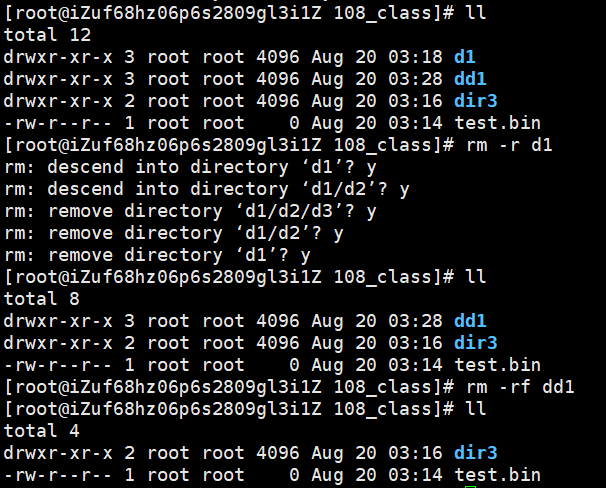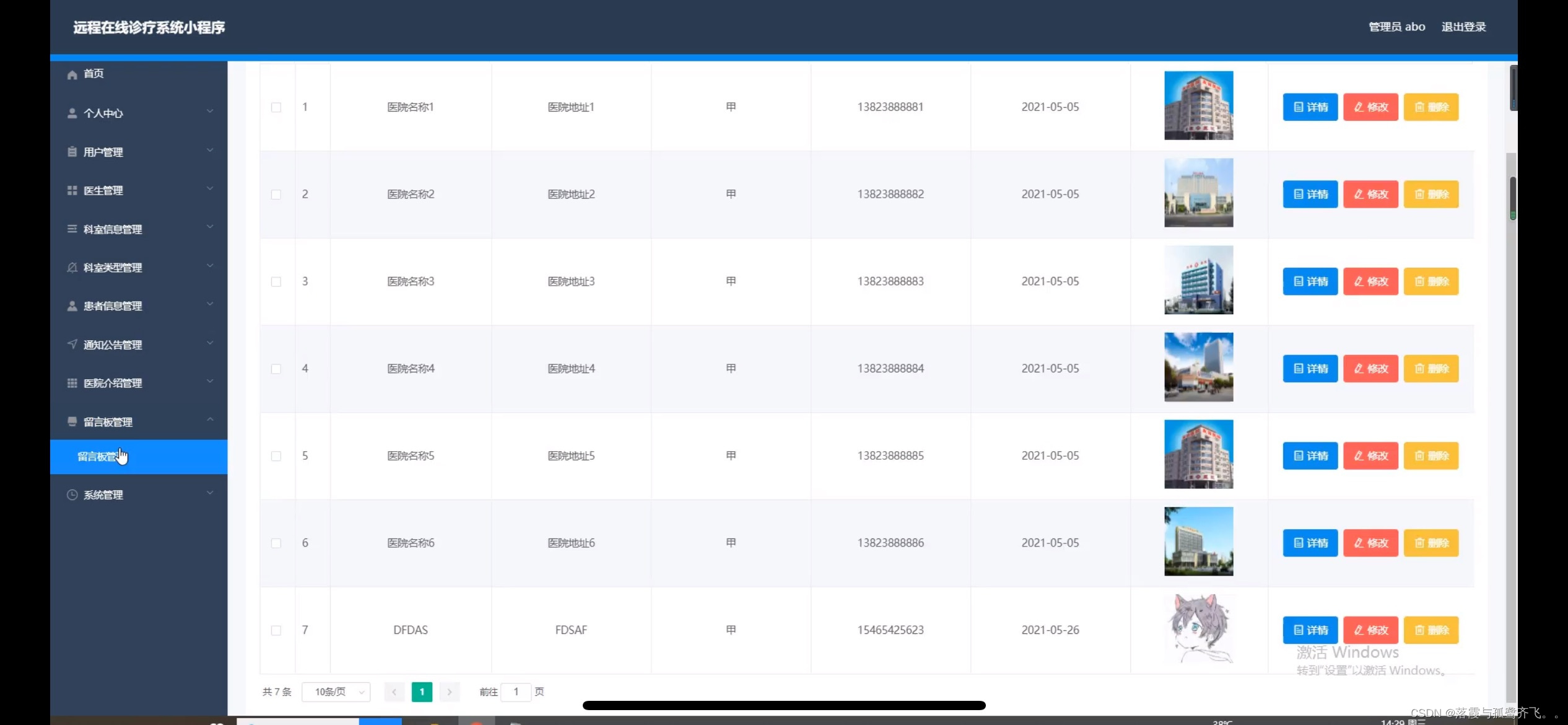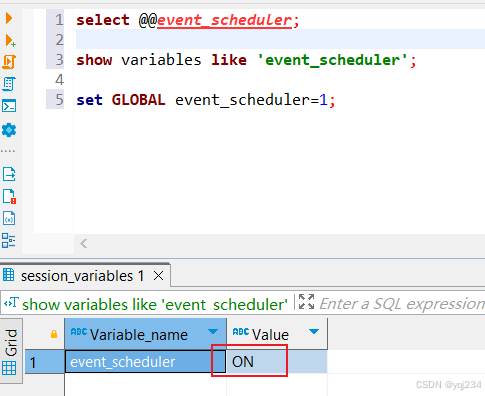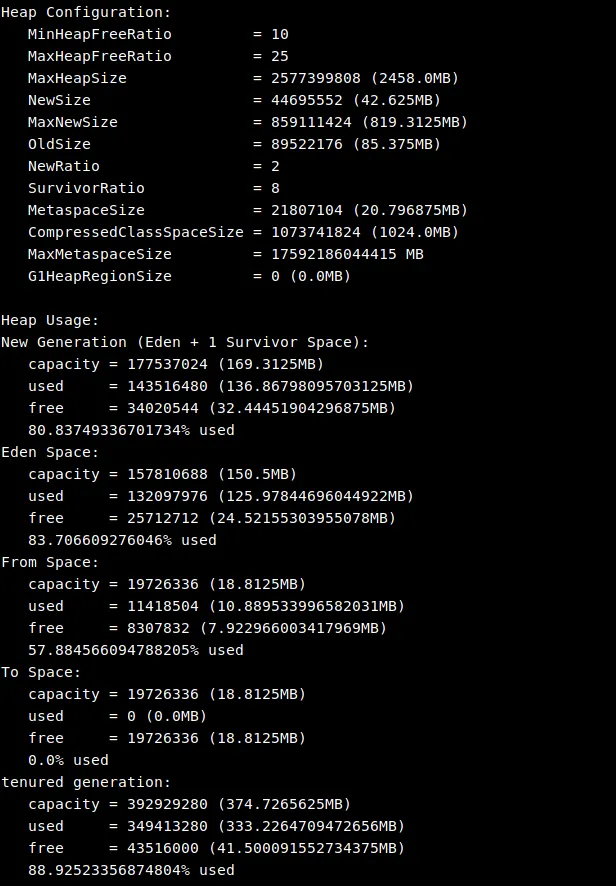在 GATK 中,SampleList 是一个接口,用于表示一个样本列表。这些样本通常是在基因组分析过程中被处理的不同生物样本。SampleList 接口提供了访问这些样本的一些基本方法,通常用于多样本分析任务,比如变异检测或基因组重测序。
SampleList 接口的方法
SampleList 接口定义了一些关键方法,用于获取和处理样本信息:

SampleList接口的实现类

SampleList源代码
package org.broadinstitute.hellbender.utils.genotyper;
import org.broadinstitute.hellbender.utils.Utils;
import java.util.*;
/**
* An immutable, indexed set of samples.
*
* <p>
* Implementing classes must guarantee that the sample list will remain <b>constant</b> through the life of the object.
* </p>
*/
//Note: Names in this interface are unusual because of name clash in a subclass.
// For example the name of SampleList.numberOfSamples() cannot be simply size(), as would be usual,
// because {@link AlleleLikelihoods} implements AlleleList and SampleList and then size() would be ambiguous.
public interface SampleList {
static final SampleList EMPTY_LIST = new SampleList() {
@Override
public int numberOfSamples() {
return 0;
}
@Override
public int indexOfSample(final String sample) {
Utils.nonNull(sample);
return -1;
}
@Override
public String getSample(final int sampleIndex) {
throw new IllegalArgumentException("index is out of valid range"); //we know this without checking because it's an empty list
}
};
/**
* Empty list.
*
* @return never {@code null}
*/
public static SampleList emptySampleList() {
return EMPTY_LIST;
}
/**
* Returns number of elements in the list.
*/
public int numberOfSamples();
/**
* Returns the index of an object.
* @param sample the sample of interest.
*
* @throws IllegalArgumentException if {@code sample} is {@code null}.
*
* @return {@code -1} if such a sample is not an element of this set, otherwise is index in the set thus a
* values within [0,{@link #numberOfSamples()}).
*/
public int indexOfSample(final String sample);
/**
* Returns the element given its index within the set.
* @param sampleIndex the target samples's index.
*
* @throws IllegalArgumentException if {@code index} is not valid; in [0,{@link #numberOfSamples()}).
*
* @return never {@code null}; as null is not a valid element.
*/
public String getSample(final int sampleIndex);
/**
* Checks whether two sample lists are in fact the same.
* @param first one list to compare.
* @param second another list to compare.
*
* @throws IllegalArgumentException if if either list is {@code null}.
*
* @return {@code true} iff both list are equal.
*/
public static boolean equals(final SampleList first, final SampleList second) {
Utils.nonNull(first, "first list is null");
Utils.nonNull(second, "second list is null");
final int sampleCount = first.numberOfSamples();
if (sampleCount != second.numberOfSamples()) {
return false;
}
for (int i = 0; i < sampleCount; i++) {
final String firstSample = first.getSample(i);
final String secondSample = second.getSample(i);
if (!firstSample.equals(secondSample)) {
return false;
}
}
return true;
}
/**
* Returns a {@link List} unmodifiable view of a sample-list
*
* @throws IllegalArgumentException if {@code list} is {@code null}.
*
* @return Unmodifiable view of the sample list. Never {@code null}.
*/
default public List<String> asListOfSamples() {
return new AbstractList<String>() {
@Override
public String get(final int index) {
return SampleList.this.getSample(index);
}
@Override
public int size() {
return SampleList.this.numberOfSamples();
}
};
}
/**
* Returns a {@link Set} unmodifiable view of the sample-list
*
* @return Unmodifiable view of the sample set. Never null.
*/
default public Set<String> asSetOfSamples() {
return new AbstractSet<String>() {
@Override
public Iterator<String> iterator() {
return new Iterator<String>() {
private int index = 0;
@Override
public boolean hasNext() {
return index < SampleList.this.numberOfSamples();
}
@Override
public String next() {
if (index >= SampleList.this.numberOfSamples()) {
throw new NoSuchElementException("iterating beyond sample list end");
}
return SampleList.this.getSample(index++);
}
@Override
public void remove() {
throw new UnsupportedOperationException("unsupported operation exception");
}
};
}
@Override
public int size() {
return SampleList.this.numberOfSamples();
}
@Override
public boolean contains(final Object obj) {
//note: this handles null too (instanceof returns false)
return (obj instanceof String) && SampleList.this.indexOfSample(((String) obj)) >= 0;
}
};
}
/**
* Creates a list with a single sample.
*
* @param sampleName the sample name.
* @return never {@code sampleName}
*/
public static SampleList singletonSampleList(final String sampleName) {
Utils.nonNull(sampleName, "the sample name cannot be null");
return new SampleList() {
@Override
public int numberOfSamples() {
return 1;
}
@Override
public int indexOfSample(final String sample) {
return sampleName.equals(sample) ? 0 : -1;
}
@Override
public String getSample(final int sampleIndex) {
if (sampleIndex == 0) {
return sampleName;
}
throw new IllegalArgumentException("index is out of bounds");
}
};
}
}
注:1. EMPTY_LIST 的这种写法通过匿名内部类实现了 SampleList 接口,并且保持不可变性。它提供了一种高效且安全的方式来表示一个空的样本列表对象,既节省了内存,又提高了代码的可读性和可维护性。这种模式在 Java 中非常常见,尤其是在需要表示不可变的、通用对象实例时。2. singletonSampleList方法通过匿名内部类生成包含一个样本的SampleList实例。


















